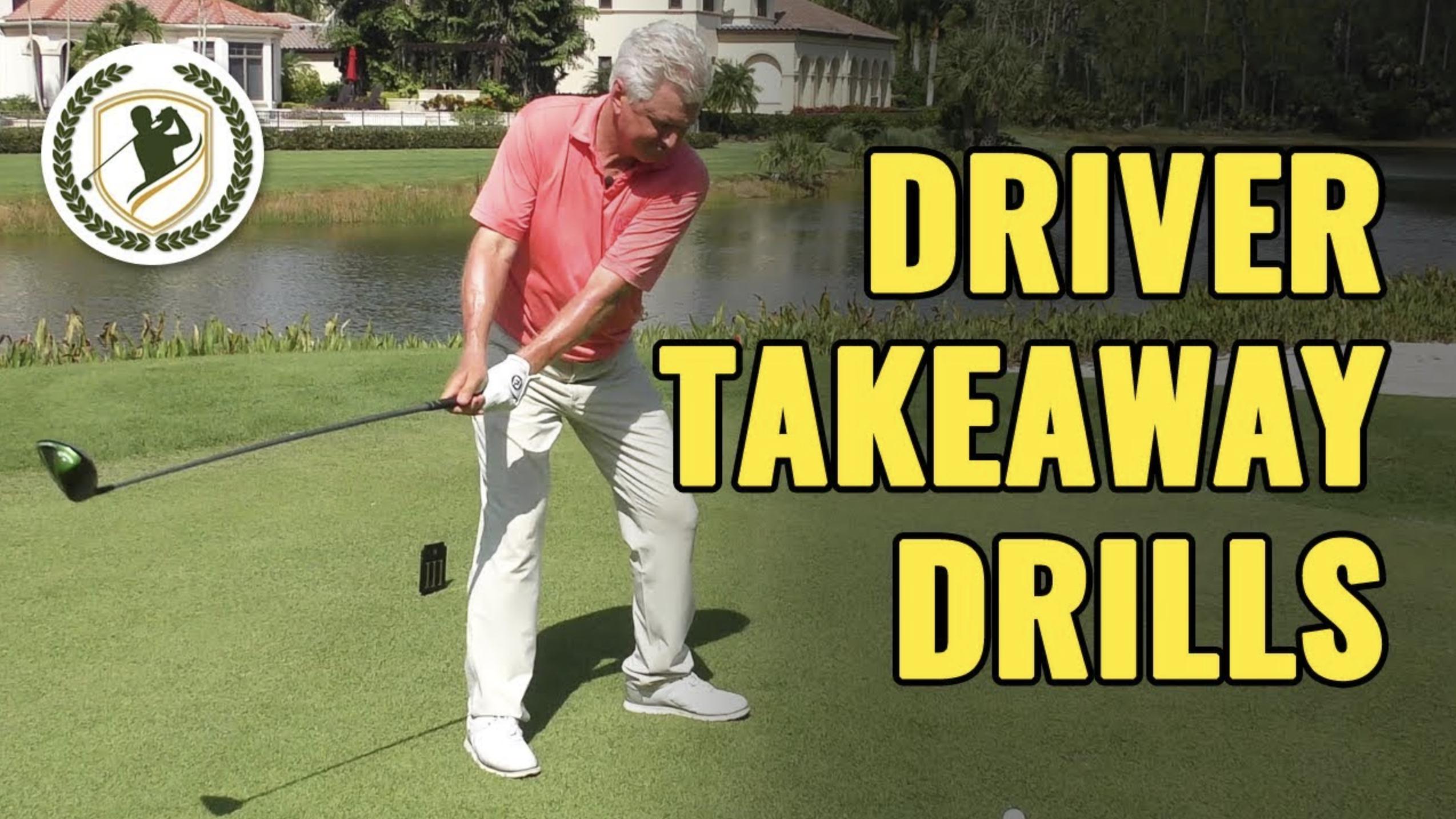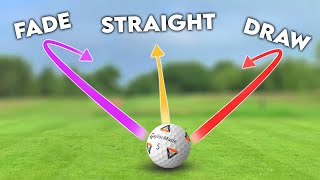
Good golfers know how to hit driver straight and rarely strike the ground before striking the ball. While their swings are quite different from others, the right arm and trial arms of good golfers have some commonalities. The impact position of the ball and how it strikes the ball can be greatly improved by understanding the function of your right-arm. To improve your driver swing, let's take a look at your right arm and the trial arm. You'll hopefully be able to hit it straight with less effort at the end of this article.
Clubhead speed: Less than 100 MPH
Most golfers don't swing their clubhead faster than 104mph. If you're one of these golfers, you're probably swinging the clubhead at an angle of +3 degrees through the ball. These key elements are essential to ensure a straight shot: an inside-to-out swing path, and an angle of attack. These are some tips that will help you hit your driver straight at a clubhead speed of less than 104 mph.
A stiffer flex driver is better if you cannot swing the driver at speed of 104 mph. Regular flex shafts have a swing speed of 84-96 miles per hour. If you're less than 104 mph, you'll need a ladies or senior flex driver. The maximum flex shaft is best for slow-swinging golfers, as it increases velocity and provides the optimal coefficient of restitution on impact.

It is important to shift weight in the backswing.
Your weight should shift backwards when you begin to backswing. This should be felt. However, it shouldn't "sway". You should have 75% of your weight on your back foot as you top the backswing. Your hips will be firing at impact, and your upper body follows. This is similar to having your belt buckle facing you target.
You should aim to shift your weight from your target foot to your hips by allowing your hips, and your arms to rotate almost simultaneously. Try not to over-reach or let your elbow go behind your hips. If you do this, your shot could be sliced. This can be avoided by spending five minutes a days swinging your driver. You should hit 15 shots. Swing mechanics and proper footwork are the most important aspects of your swing.
Swinging on plane
Swinging on plane to hit driver straight is crucial if you want to achieve maximum distance. For this to happen, your ideal swing plane must be parallel to the top of your left arm. From the point of contact to the top, the angle should remain constant. Your clubface should point towards your target line halfway down the swing path. These are the key elements you need to hit driver right.
The arc in the middle of the circle is indicative of how the golfer is timing his downswing. The meter will show you the results of how your downswing timing is going. This information will help you improve your downswing timing. During a downswing, the swing plane shifts towards a lower level. The clubshaft will land on the elbow plane at impact. The ball will remain on the plane once the clubface has been placed on the plane.

Changing grip
The most important thing to remember when attempting to change your grip is that the adjustment will change the entire course of your swing, including the direction you hit the ball. Changing your grip mid-round is usually not the best idea. It's better to make the adjustment before your round. Most common is to change the position of your left arm. The driver is the longest and most problematic club in the bag. Most golfers slice the ball with it.
Adjust your grip pressure to ensure a more consistent flight. You can have a death grip which causes tension in your forearms and results in a slower swing and less relaxation. Change your grip pressure at the driving range. You'll be amazed how your golf swing changes. Reduce tension in your grip to see dramatic results. Video demonstrations by Danny Maude (PGA pro) can help you change the grip pressure.
FAQ
What is a Bogey?
A bogey, or bogey, is a number that golfers use as a target. It is not actually part of the game but rather a way of keeping score. The hole is won if the player shoots closest the number.
Jock Hutchison was the first professional Scottish golfer to invent the concept of a "bogey". He came up with the idea while playing on his own at home.
He wanted to keep track of how he was doing against himself, so he wrote down a number on a piece of paper and stuck it to the wall above his bed. This became known as "Hutchy Bogey."
What should I bring for a golf trip?
Take some snacks and drinks with you. Remember to bring your favorite t-shirt, sunglasses, gloves and towels.
What is a par?
Par is the number of strokes required to complete a hole. Add up the scores of each player to get the total score.
In a round, there are 18 holes. Each hole is assigned a rating. "Par 3'' is the highest rated hole. It is located three strokes from hole. "Par 5" is the lowest rated hole. It's five strokes from it.
How often should you play golf?
It depends on how many hours you have. However, most recommend practicing at least twice per week.
You should aim to play at least four times a week if your goal is to become an expert player.
What is the difference between a driving range and a putting green?
A driving range allows players to practice hitting balls from distances of 50 yards to 300 yards. For putting practice, players can use putting greens.
Is golfing dangerous?
Although it isn't considered a dangerous sport, golf can cause injury. You might break your arm swinging a golf club.
However, most injuries result from falling off your golf cart.
Statistics
- Professional golfers typically make between 60% and 70% of greens in regulation. (en.wikipedia.org)
- He shanked the first attempt, but it is estimated his second went more than 200 yards (180 m).[52]Golf courses worldwide. Below are the top 20 countries with the most golf courses as of 2019.[53]CountryNumber of (en.wikipedia.org)
- They do this by means of assessing and rating courses according to the average good score of a "bogey golfer," a player with a handicap of around 20. (en.wikipedia.org)
- Buying a set of Titleist or Taylor-Made irons for nearly $1,000 is simply not necessary and likely a waste of money. (golficity.com)
External Links
How To
How can you play better when the wind blows?
Golf is a game played outdoors in open spaces on well-kept grassy areas. It is one among the most popular games in the world. There are many kinds of golf courses in the world. They range from public parks and private clubs. Indoors, golf is also possible at malls and indoor arenas. You must hit golf balls into a series of holes. Each hole has a tee box, fairway, rough, hazards (e.g., water), and green. The type of shot that is required will determine which driver, wedge or long iron the players use. Players may be required to carry the ball a certain distance before they can hit it. Or, they may just have to drop it in the cup. There are many factors that affect how a golfer hits the ball when playing outside. These conditions include the speed of wind, temperature, humidity, as well as visibility.
There are two types of winds: headwinds and crosswinds. Crosswinds blow in the opposite direction to headwinds. If the wind is blowing toward the golfer then it's hitting against the winds. If the wind moves away from him/her then it's hitting with the winds. Playing golf in a strong wind is much harder because the ball tends to fly higher and further. It is difficult to control the ball's trajectory and direction. Players try to compensate by keeping the club's face parallel to the ground. They aim to strike the ball so that it makes contact with everything and gets maximum power. Despite flying lower in stronger wind it travels farther because of the increased resistance to air.
Playing in the wind can be difficult. Wind affects the flight path and trajectory of the ball. The area is affected by wind, so a good golfer needs to know this information. He/She would adjust his/her swing accordingly so that he/she can hit the ball cleanly without losing any energy. It is also important to consider the direction of the wind. Wind doesn't travel in the same direction. For example, the breeze that blows off the ocean can be very light, but it can often be stronger near the shoreline. The wind blows closest to the ground in a similar way. Golfers need to pay particular attention to wind direction, intensity and other factors.
In summary, playing golf in the wind requires constant adjustments to your swing. Watch the wind and ensure that your swing aligns properly. Learn how to read and adapt the wind to your swing.